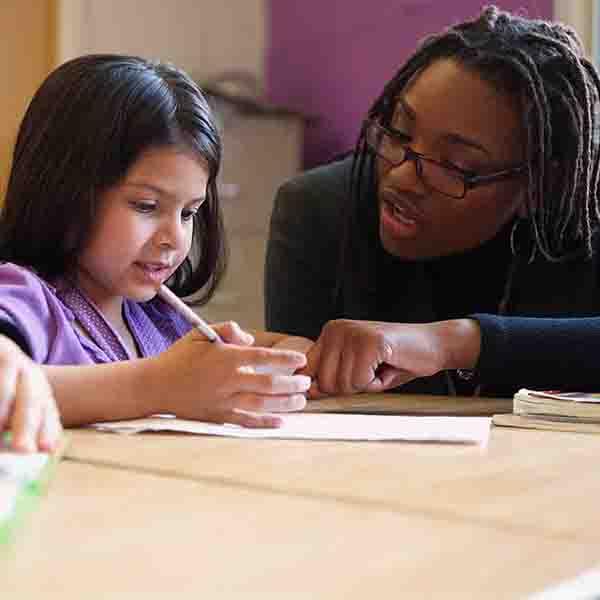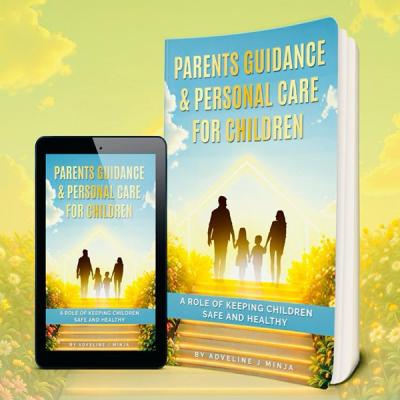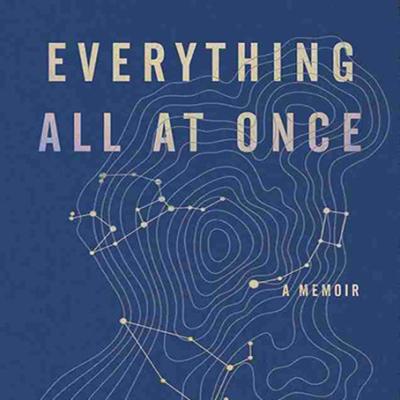Discover Your Child’s Learning Style – A Key to Helping Them Thrive

At WisdomThrives, we believe that every child is born with unique learning potential. As parents and caregivers, understanding how your child learns is one of the greatest gifts you can offer them. When you know their learning style, you’re better equipped to support their growth, encourage their strengths, and create meaningful experiences that prepare them for a healthy, confident life.
Why Learning Styles Matter
Benjamin Franklin’s words still ring true: “Tell me, and I forget. Teach me, and I may remember. Involve me, and I learn.” Children don’t all learn in the same way, and one-size-fits-all methods can leave many behind. Some learn best through hands-on exploration, others through stories or structure. Recognizing this early can shift your parenting from frustration to empowerment.
Understanding child development—how children grow, think, and make sense of the world—is the first step. Each child’s learning journey is shaped by both their internal traits and the environment around them. That’s why creating a nurturing, developmentally appropriate home environment is essential. It’s not just about teaching facts, but about allowing children to explore, discover, and thrive in their own way.
What Early Childhood Teaches Us
During toddlerhood, for example, children transition from dependence to independence. This stage often labeled the “terrible twos,” is full of motion, emotion, and discovery. Instead of reacting with constant “no’s,” adults can support toddlers by offering safe spaces to explore and guiding their behavior with patience and consistency. As Jean Piaget noted, even conflict is part of learning—children need space to make mistakes, test boundaries, and find solutions.
Play is one of the most powerful learning tools at this age. It’s not just fun—it builds language, problem-solving skills, emotional resilience, and creativity. Whether at home, school or in the community, play supports every domain of child development.
Create a Learning-Friendly Home
Parents are a child’s first teachers. Simple steps like setting aside a quiet place for reading, offering educational toys or books, and being involved in their day-to-day learning make a big difference. Most importantly, observe how your child responds to different activities—this can help you identify their learning preferences.
Author Cynthia Ulrich Tobias, in her book The Way They Learn, identifies four learning styles: Concrete Sequential, Abstract Sequential, Abstract Random, and Concrete Random. Her advice? Observe, listen, experiment, and focus on your child’s strengths, not their weaknesses. When we understand how our children process information, we become more effective guides in their lives.
Final Thought
Your child may not respond the way you expect—but that doesn’t mean they’re not learning. It may just be that you haven’t yet discovered their learning “language.” Through patience, observation, and intentional care, you can unlock your child’s full potential. At WisdomThrives, we’re here to support that journey—one child, one parent, one day at a time.





 Safety
Safety




